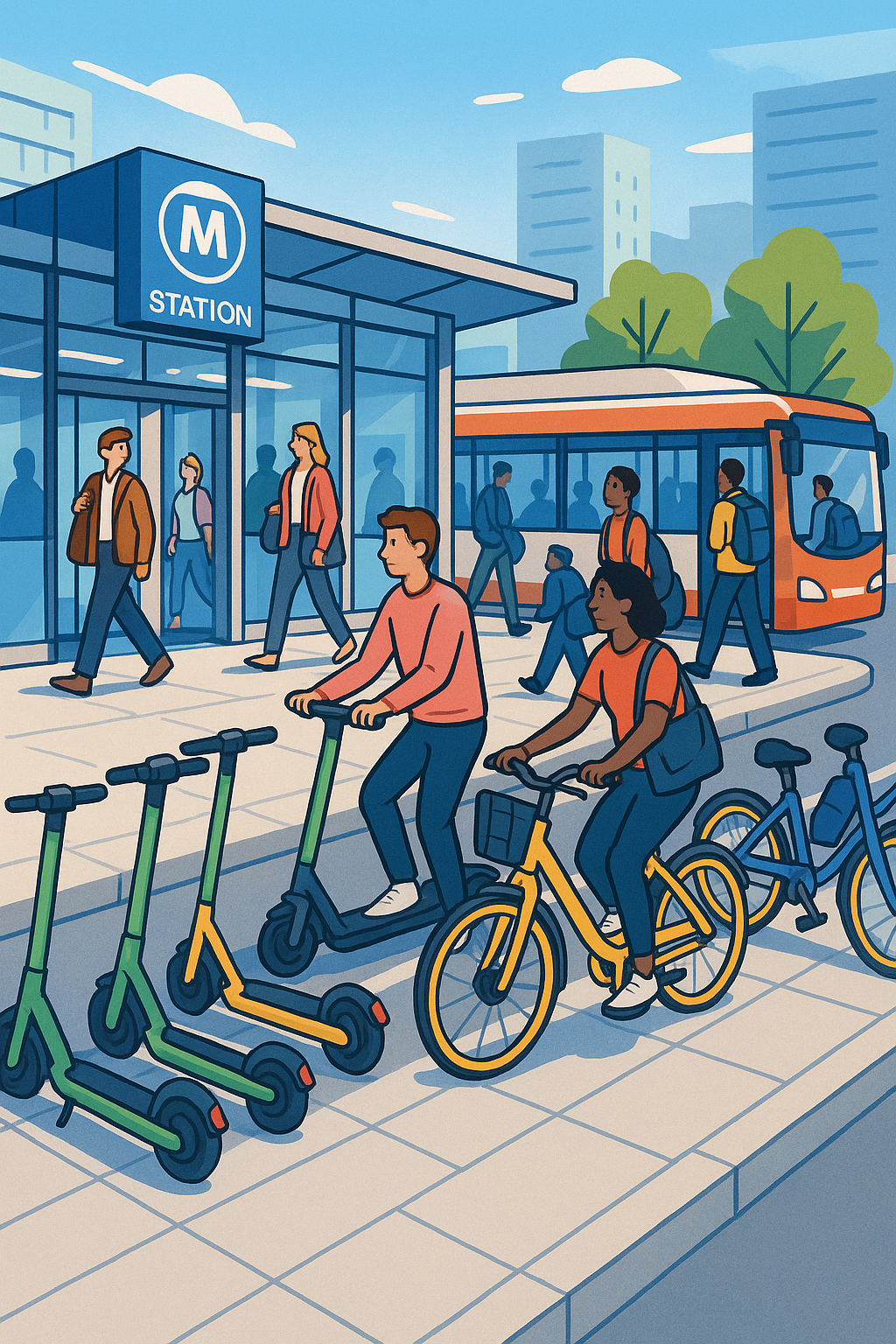The Role of Micromobility in Sustainable Transport
Micromobility options like e-scooters and shared bikes are reshaping how people complete short trips. Instead of driving a car for half a mile, many residents now hop on lightweight, affordable, and eco-friendly alternatives. This shift has major implications for traffic congestion and carbon emissions.
Cities are learning that deployment strategies matter. Poorly planned rollouts can clutter sidewalks and frustrate pedestrians, while well-regulated systems with designated parking zones improve adoption. Equity considerations are also key: ensuring that scooters and bikes are available in lower-income neighborhoods makes the benefits more inclusive.
When micromobility is integrated into a broader transportation network, it can act as the “last mile” solution, connecting people to buses and trains. By embracing these new modes thoughtfully, cities can create systems that are not only sustainable but also more convenient and equitable.

